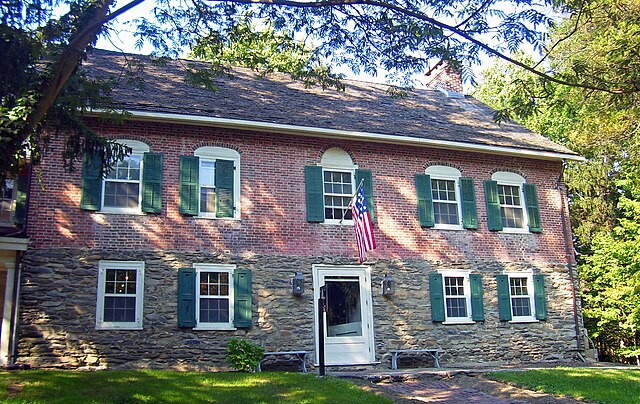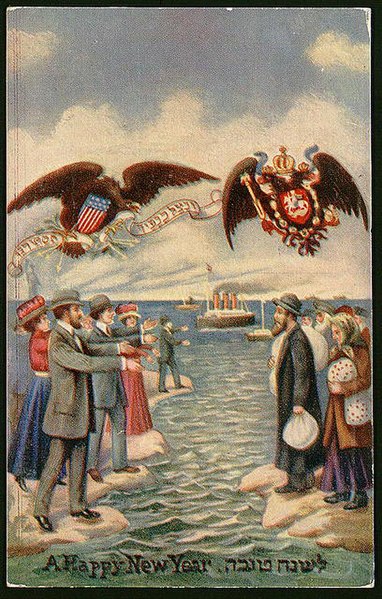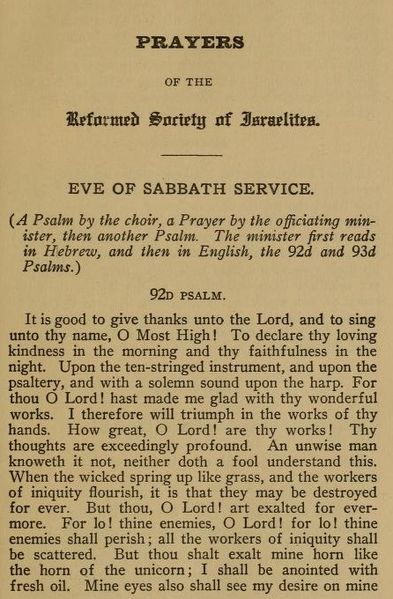History of the Jews in the United States
There have been Jewish communities in the United States since colonial times, with individuals living in various cities before the American Revolution. Early Jewish communities were primarily composed of Sephardi immigrants from Brazil, Amsterdam, or England.
Touro Synagogue, built in 1759 in Newport, Rhode Island, is America's oldest surviving synagogue.
The Gomez Mill House, built in 1714 near Marlboro, New York by a Sephardic Jew from Portugal. Earliest surviving Jewish residence in the U.S.
Grave of Jewish Confederate soldier near Clinton, Louisiana
In this Rosh Hashanah greeting card from the early 20th century, Russian Jews, packs in hand, gaze at the American relatives beckoning them to the United States. Over two million Jews would flee the pogroms of the Russian Empire to the safety of the U.S. from 1881 to 1924.
Reform Judaism, also known as Liberal Judaism or Progressive Judaism, is a major Jewish denomination that emphasizes the evolving nature of Judaism, the superiority of its ethical aspects to its ceremonial ones, and belief in a continuous revelation which is closely intertwined with human reason and not limited to the Theophany at Mount Sinai. A highly liberal strand of Judaism, it is characterized by little stress on ritual and personal observance, regarding Jewish law as non-binding and the individual Jew as autonomous, and by a great openness to external influences and progressive values.
The interior of Congregation Emanu-El of New York, the largest Reform synagogue in the world.
A segment of the 1818 Hamburg prayer book. Stating "accept the uttering of our lips instead of our obligatory sacrifices" and omitting the traditional "O gather our dispersions... Conduct us unto Zion" passage.
A passage from the Reformed Society's prayerbook, which was mostly in English and theologically more radical than Hamburg's.
Rabbi Samuel Holdheim, circa 1850.








